For any journey, whether you're hiking, camping, or travelling, picking the appropriate outdoor backpack is essential. In addition to carrying your necessities, a well-made backpack guarantees comfort and longevity during your trip. In this thorough guide, we'll go over the important things to think about when choosing the ideal outdoor backpack and show you how Huafang Bags, a top producer of outdoor backpacks, can satisfy your demands with their adaptable options.
It's critical to understand the various varieties of camping backpacks before selecting one. The length of your trip and the type of terrain you plan to explore will determine your decision. The primary categories of camping backpacks are as follows:
1. Daypacks: Usually holding between 15 and 30 litres, daypacks are small and light. They are ideal for quick day hikes or excursions where you only need to bring the necessities, such as a light jacket, water, snacks, and a first aid kit.
2. Overnight Backpacks: An overnight bag is the best option for journeys that last one or two nights. These packs, which typically hold between 30 and 50 litres, provide adequate room for a tent, sleeping bag, and additional layers of clothes. They are cosy enough for quick excursions.
3. Multi-day Backpacks: You'll need a multi-day backpack if you're planning a longer hiking or camping excursion. These bigger backpacks, which have capacities of 50 to 80 litres or more, enable you to transport everything you'll need for a longer trip, such as food, water, a sleeping bag, a tent, and other camping supplies.
4. Technical Backpacks: Technical backpacks are made for specialised sports like backcountry skiing, mountaineering, and climbing. These backpacks are perfect for technical expeditions because of their unique features, such as reinforced gear-carrying sections.
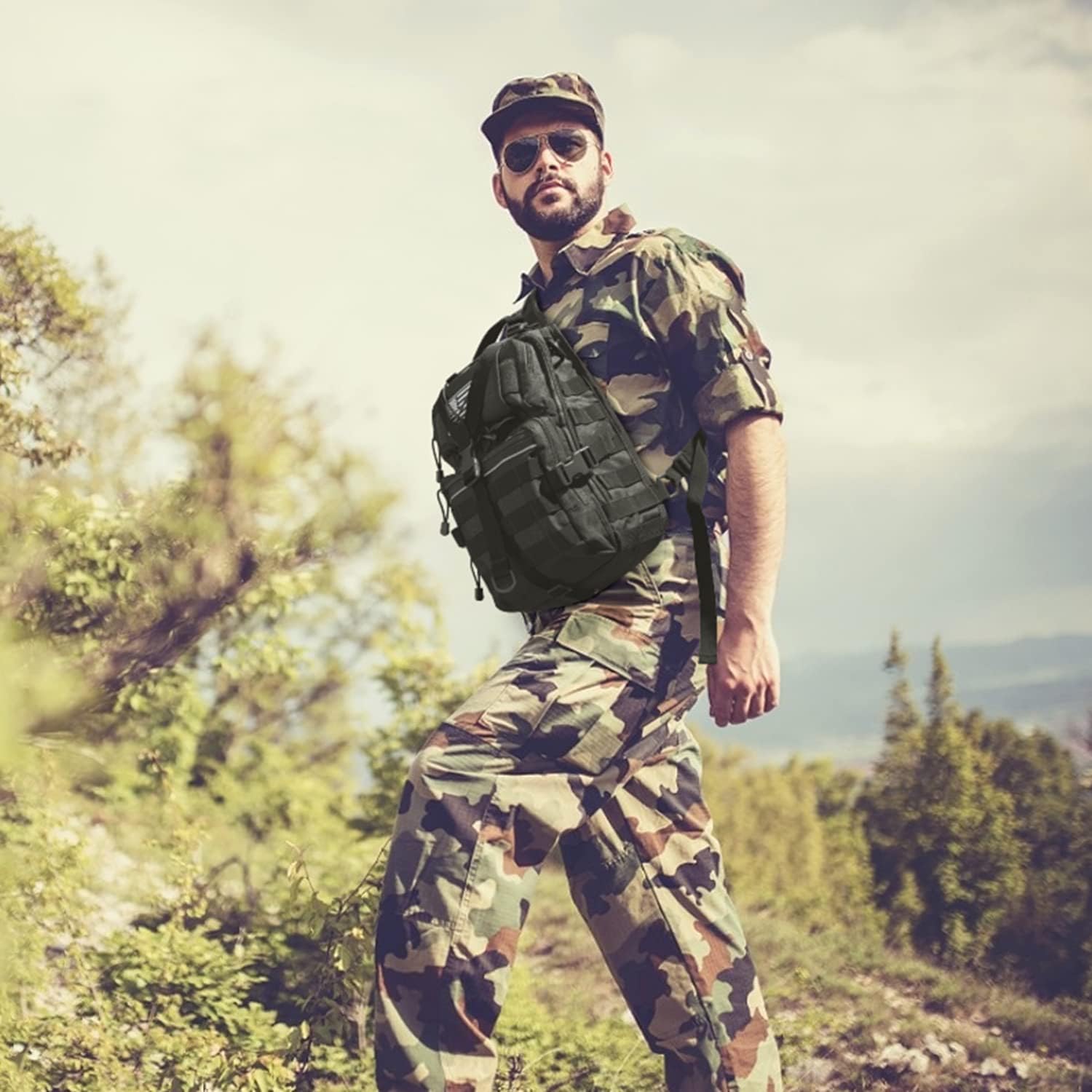
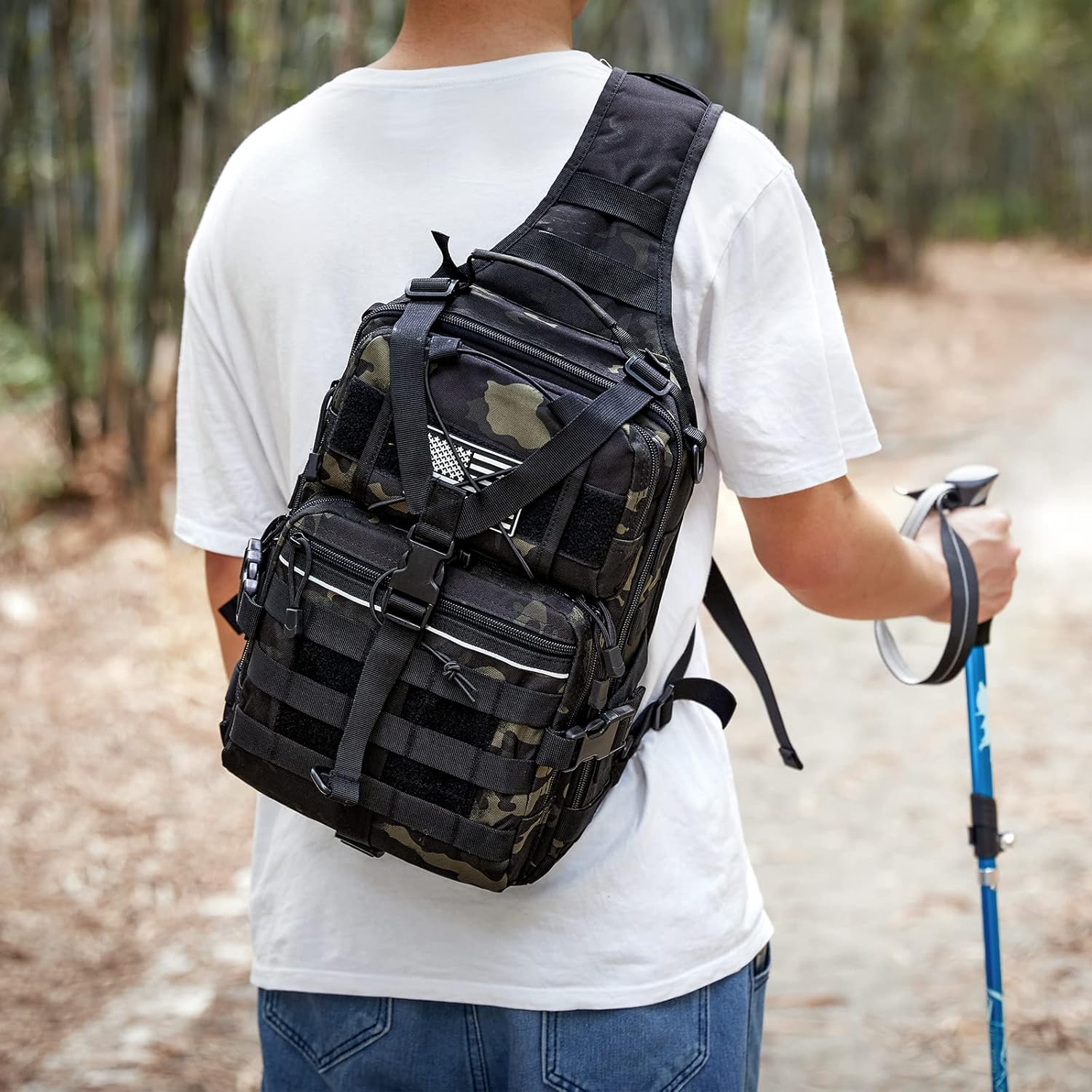
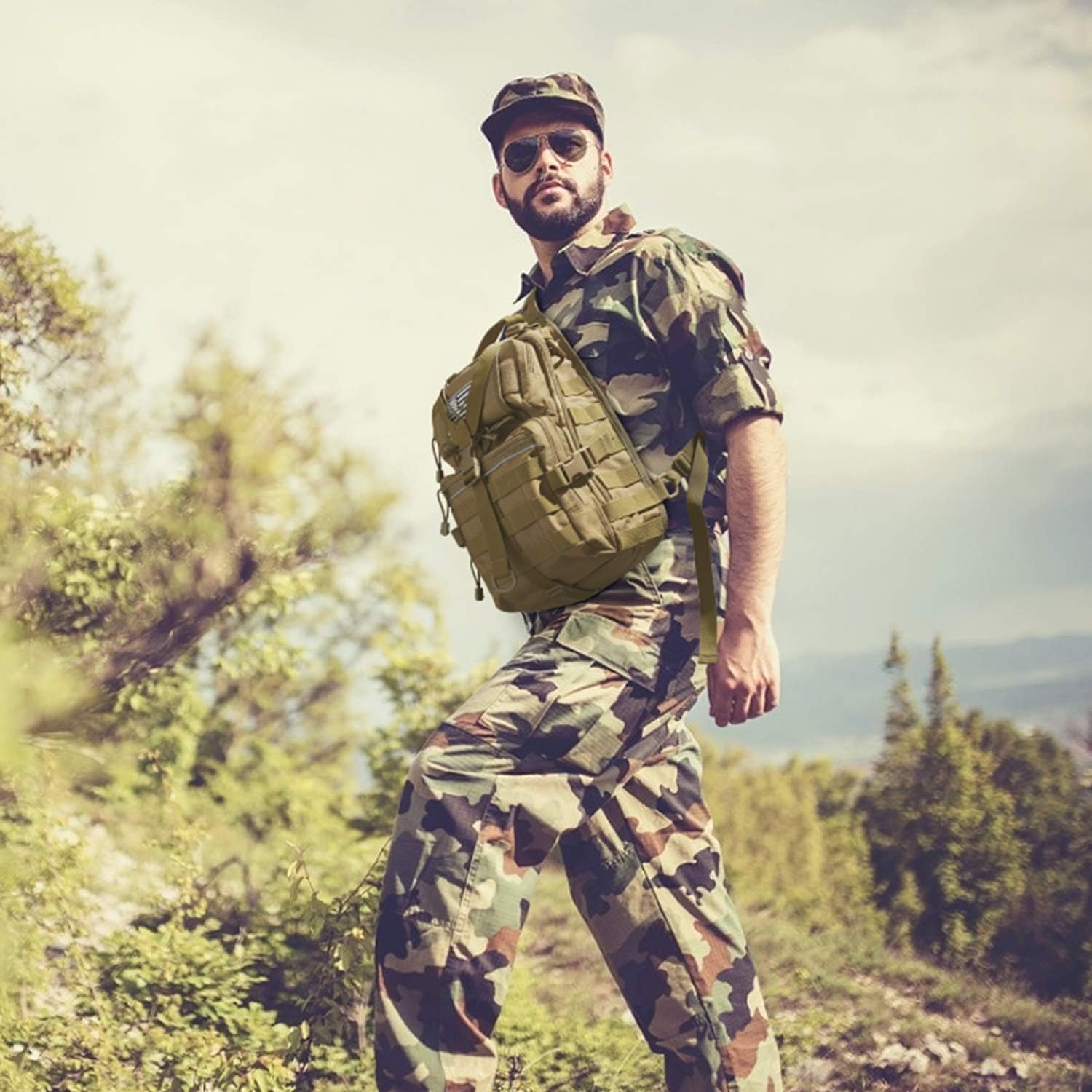
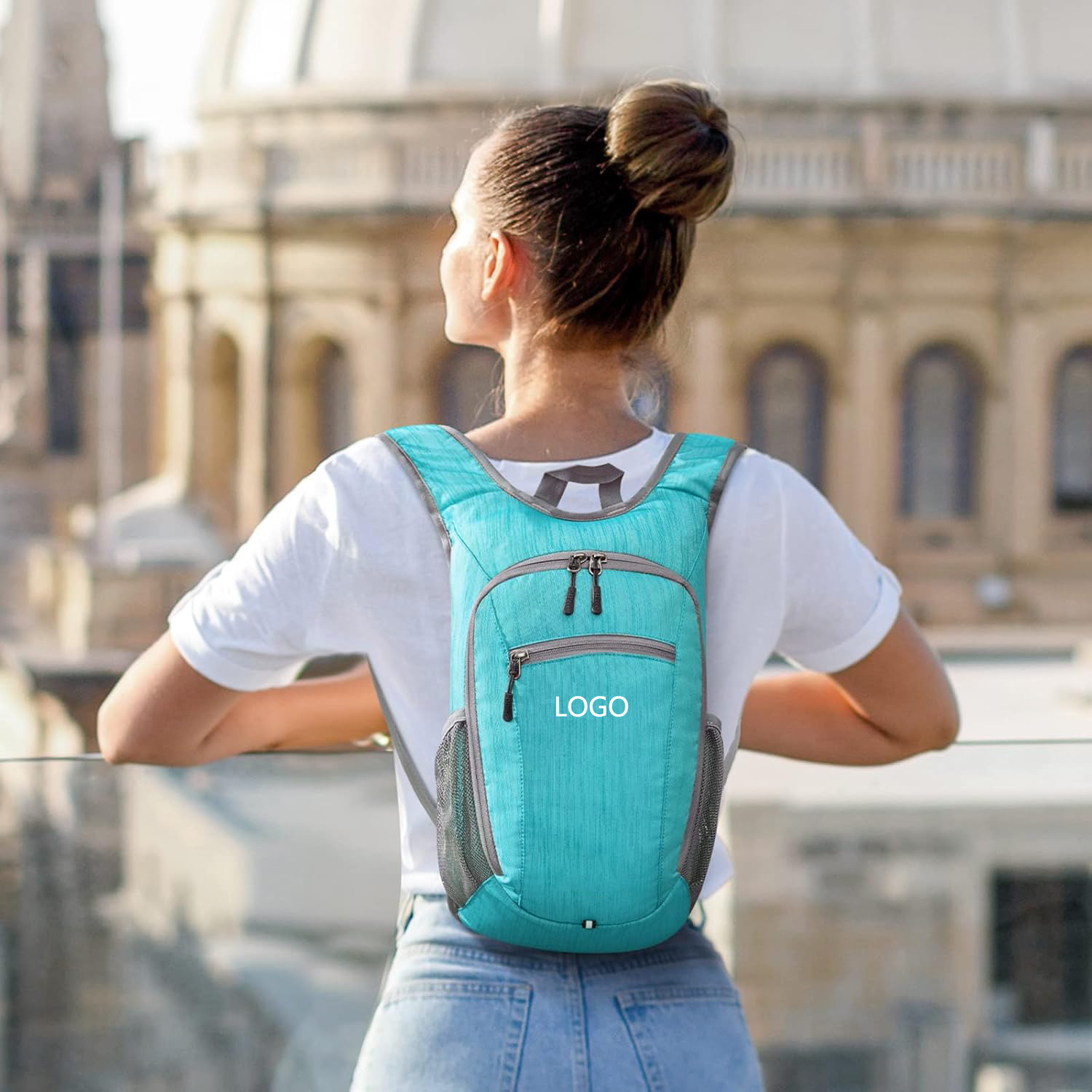
Padded knees and Breathable back paneling allow optimal comfort while paving the way for intensity filled outdoor activities with minimal strain.
• Padded Shoulder Straps: Allows for even ease of weight, leading to minimum fatigue on shoulders.
• Accessors with belt easier to adjust: allows transfer of weight to hips, relieving shoulders of added burden.
• Backpacking harnesses: It assist in shifting burden Packs onto the waist, allowing hip belting for ease in burden distribution while able to retain hand usage.
Outdoor conditions demand robust materials:
· High-Quality Fabrics: Materials like 600D polyester or nylon offer resistance to wear and tear.
· Water-Resistant Coatings: Protect your gear from unexpected rain or splashes.
Efficient organization ensures quick access to essentials:
·Multiple Compartments: Separate areas for gear, food, and personal items.
· External Pockets: Ideal for items like water bottles or maps.
· Attachment Points: Loops and straps for trekking poles, sleeping bags, or helmets.
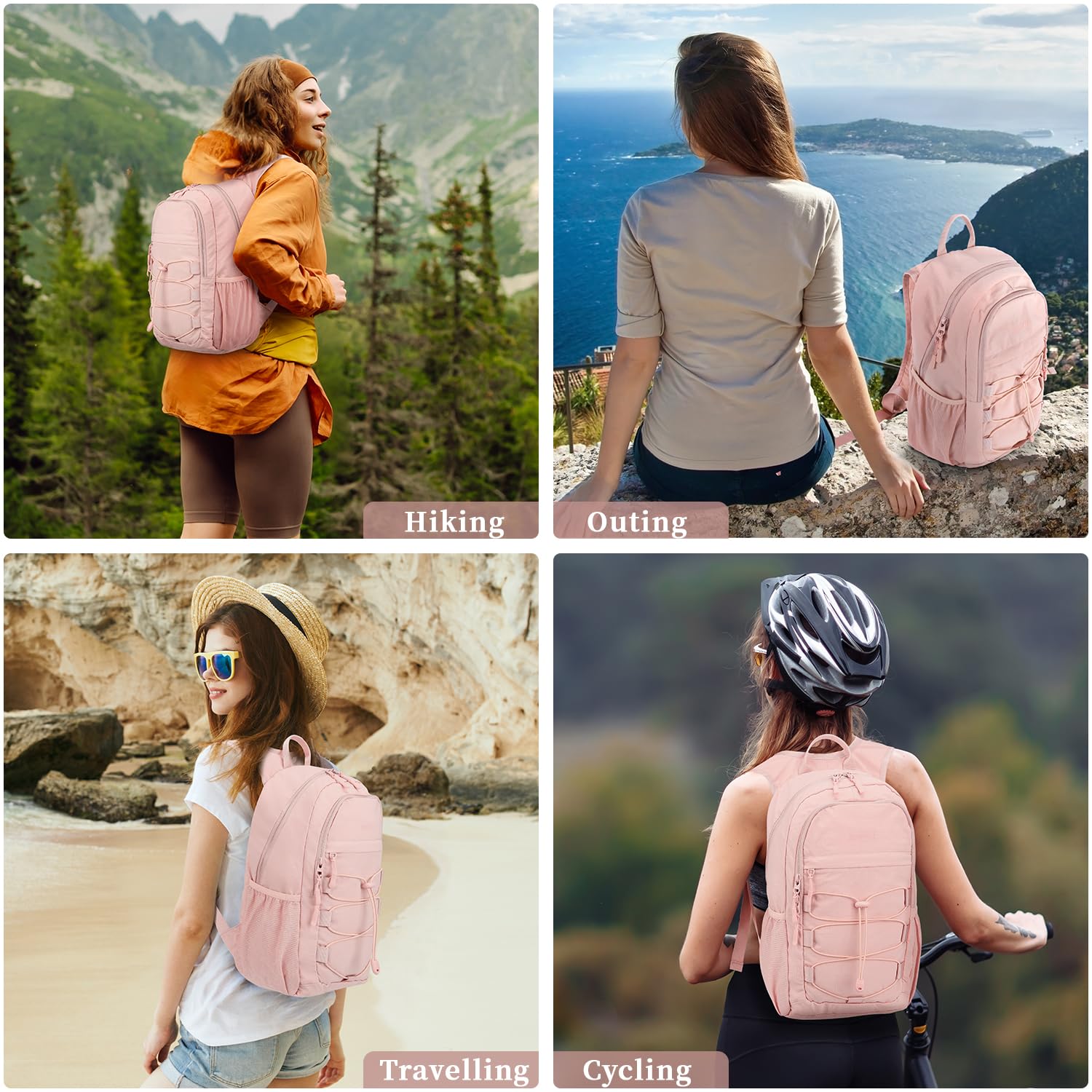
Match the backpack size to your activity:
· Daypacks (20-30L): Suitable for short hikes or city tours.
· Mid-Size Packs (30-50L): Ideal for overnight trips.
· Large Packs (50L and above): Designed for extended journeys or carrying bulky gear.
To avoid the sweaty-back problem that comes with internal-frame packs that rub against your body, some packs use a hanging mesh back panel. Also known as a "tension-mesh suspension," this design resembles a trampoline in which your back rests against the extremely breathable mesh while the frame-supported packbag rides a few inches away. To address the same problem, some packs will have ventilation tubes (often referred to as "chimneys") on the back panel.
While some people prefer a more streamlined pack, others like plenty. Take into account each pocket's location and size when assessing it. Elasticated side pockets, for example, stretch out to accommodate loose items like tent poles or a water bottle but lie flat when empty. When wearing the pack, they are frequently accessible. Small goods like a phone, munchies, lip balm, or sunscreen can fit in the pockets of your hip belt when hiking. Shovel pockets are essentially flaps that are sewn onto a pack bag’s front and fastened with a buckle at the top. Originally designed to accommodate a snow shovel, they are now frequently found on three-season packs and act as hiding places for loose, light goods like a map or jacket.
Another personal preference is the top lid pocket, which is frequently referred to as the "brain" of a pack. While some people prefer a top cover with several compartments, others prefer a single aperture for items like sunglasses and a torch.
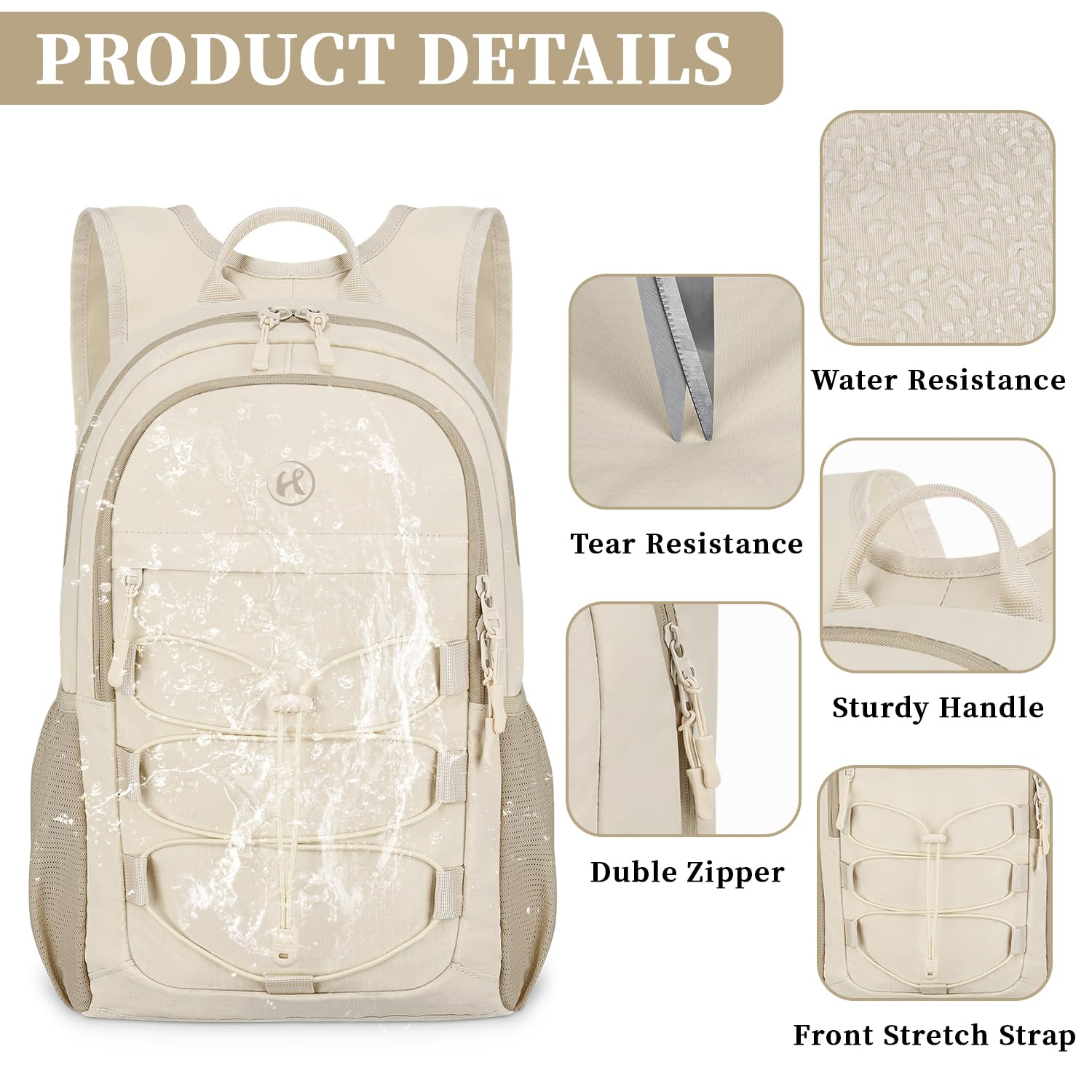
This is a zippered storage area close to the pack bag's bottom. This function is helpful if you want to be able to remove your sleeping bag from the backpack without having to unload other items or if you don't want to use a stuff sack for your sleeping bag. This area can accommodate other items that you want to have easy access to, even though it is intended to house a sleeping bag.
This is a useful tool to have on hand if you anticipate rain during your trip. Although the inside of pack fabric is often waterproofed, water can still infiltrate through zippers and seams. Additionally, during a downpour, some water weight is absorbed by the fabric's outside.
Bundling equipment into waterproof stuff sacks is one alternative. In windy situations, lightweight stuff bags may be a preferable choice because powerful gusts can easily tear a pack's cover off. (DIY version: Use a plastic waste bag to line the inside of your backpack.)
If you frequently travel with an ice axe or trekking poles, look for tool loops that allow you to attach them to the exterior of the pack. (Rare is the pack that does not offer at least a pair of tool loops.) You might also look for the following:
· Daisy chain: This is a length of webbing stitched to the outside of a pack that provides multiple gear loops for attaching a helmet, tools, wet gear or anything that didn't fit inside the main packbag.
· Reinforced crampon patch: This burlier piece of fabric prevents crampon points from gouging holes in the packbag.
· Extra gear loops: Gear loops on the hipbelt or low on the pack body are useful for clipping extra gear, especially oversize items like skis.
Some packs are designed with a removal daypack that is perfect for shorter trips from camp like summit bids or supply runs during a thru-hike. This removable daypack is often designed in the top lid or reservoir pocket of the overnight pack: It detaches from the main pack and converts into a hipbelt pack or lightweight backpack.
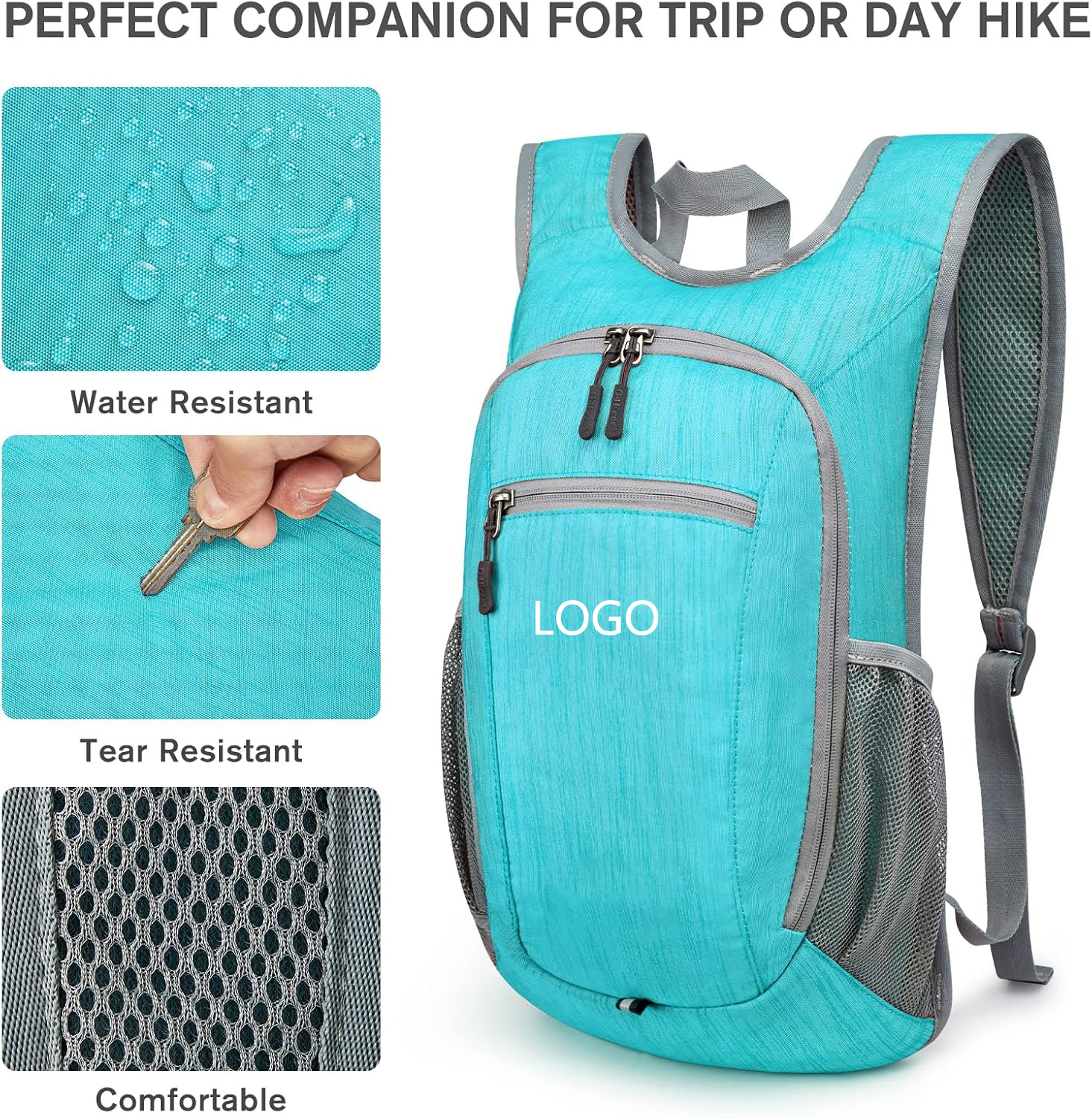
Packing your camping backpack efficiently is just as important as choosing the right one. Here are a few packing tips:
· Pack heavy items close to your back: This will help balance the load and make it easier to carry.
· Keep frequently used items at the top: Items like a jacket, snacks, or a map should be easily accessible.
· Use compression sacks: These help you save space and keep your gear organized.
· Check weight distribution: Make sure the weight is balanced across the pack to avoid shoulder strain.
Huafang Bags stands out as a premier outdoor backpack manufacturer, offering a diverse range of products tailored to various outdoor activities. Their commitment to quality and innovation ensures that each backpack meets the rigorous demands of adventurers worldwide.
· Ergonomic Designs: Features like padded shoulder straps and breathable back panels enhance comfort during prolonged use.
· Durable Materials: Utilizing high-quality fabrics ensures longevity and resistance to harsh outdoor conditions.
· Versatile Storage: Thoughtfully designed compartments and external pockets provide ample space and organization for all your gear.
Understanding that each adventurer has unique needs, Huafang Bags offers custom outdoor backpack solutions:
· OEM/ODM Services: Collaborate with their design team to create backpacks that reflect your brand or personal preferences.
· Material and Design Choices: Select from a variety of fabrics, colors, and features to match your specific requirements.
· Quality Assurance: Rigorous testing ensures that each custom outdoor backpack meets international standards for durability and performance.
Selecting the perfect outdoor backpack involves considering comfort, durability, storage, and customization options. Huafang Bags, with their extensive experience and commitment to quality, offers a range of backpacks designed to meet diverse outdoor needs. Whether you're seeking a standard model or a custom design, Huafang Bags is your go-to outdoor backpack manufacturer.
For more information or to explore their product range, visit their official website: Huafang Bags Outdoor Products.
Q1: How do I choose the right backpack size?
Consider the duration and type of your trip. For day hikes, a 20-30L backpack suffices. Multi-day treks may require 50L or larger packs.
Q2: What materials are best for outdoor backpacks?
Materials like 600D polyester or nylon are durable and often come with water-resistant coatings, making them suitable for various outdoor conditions.
Q3: Can I customize a backpack with Huafang Bags?
Yes, Huafang Bags offers OEM/ODM services, allowing you to tailor backpacks to your specific needs, including design, material, and features.(huafangbags.com)
Q4: How do I maintain my outdoor backpack?
Regularly clean your backpack with mild soap and water, avoid overloading, and store it in a cool, dry place to prolong its lifespan.